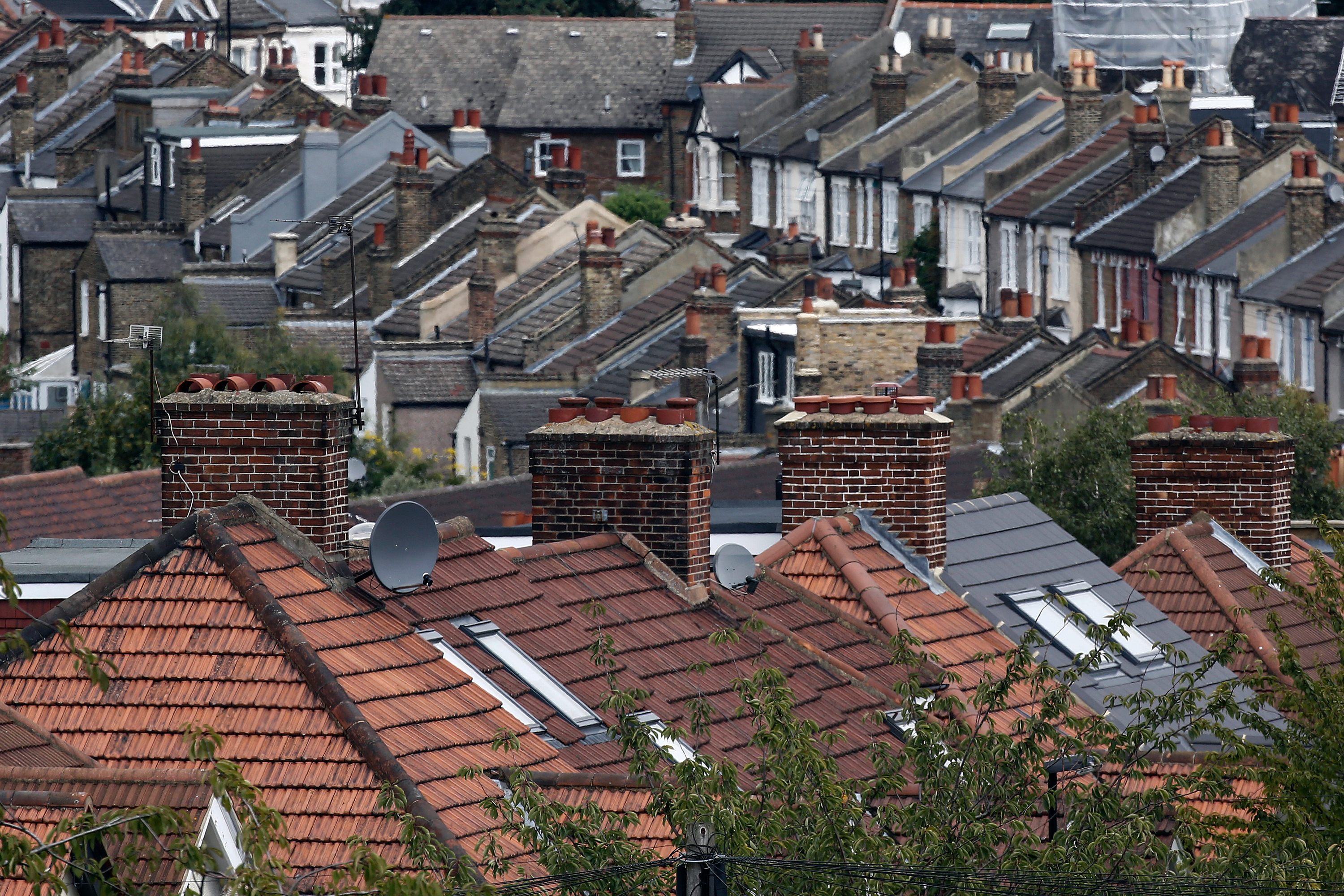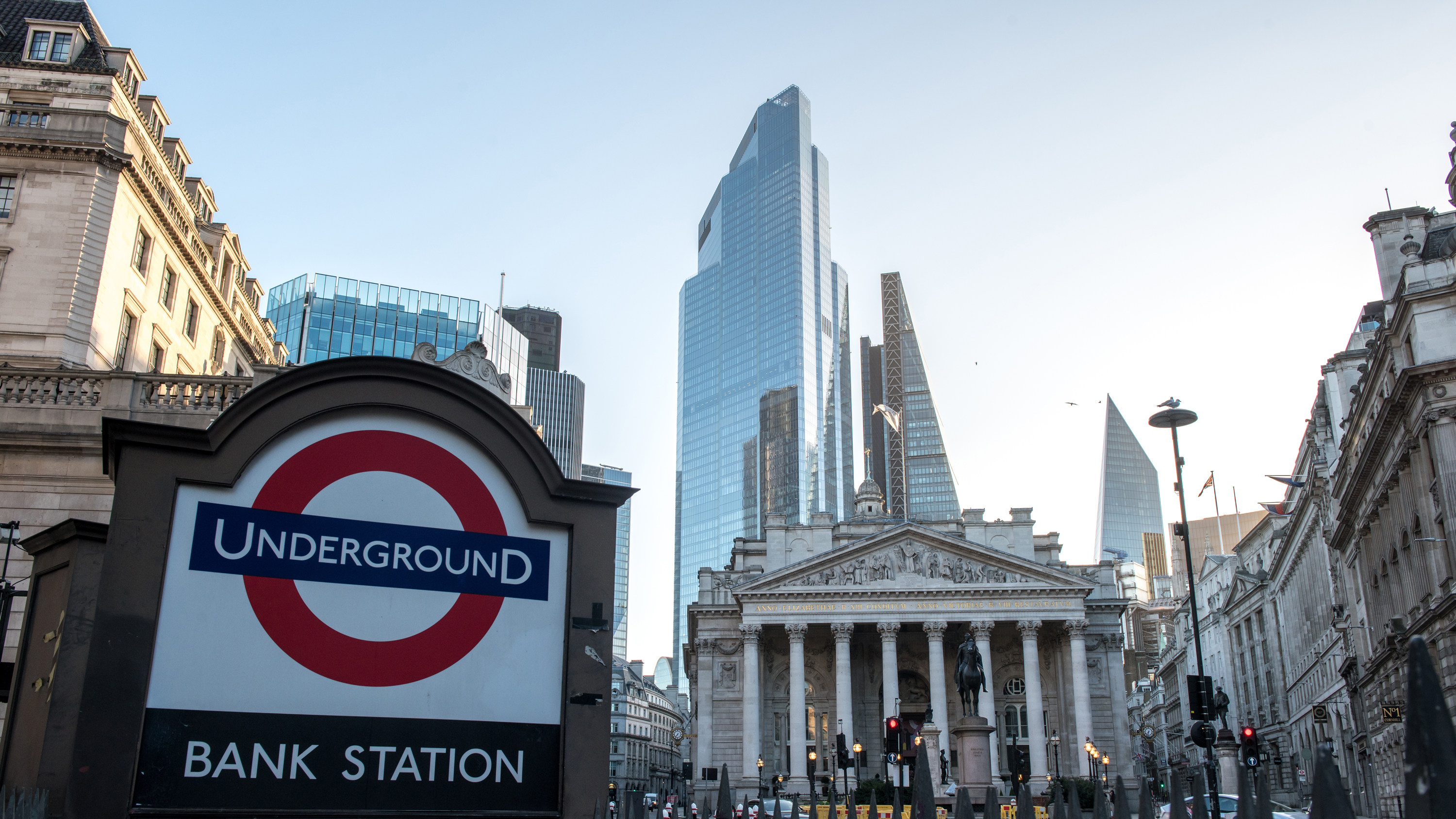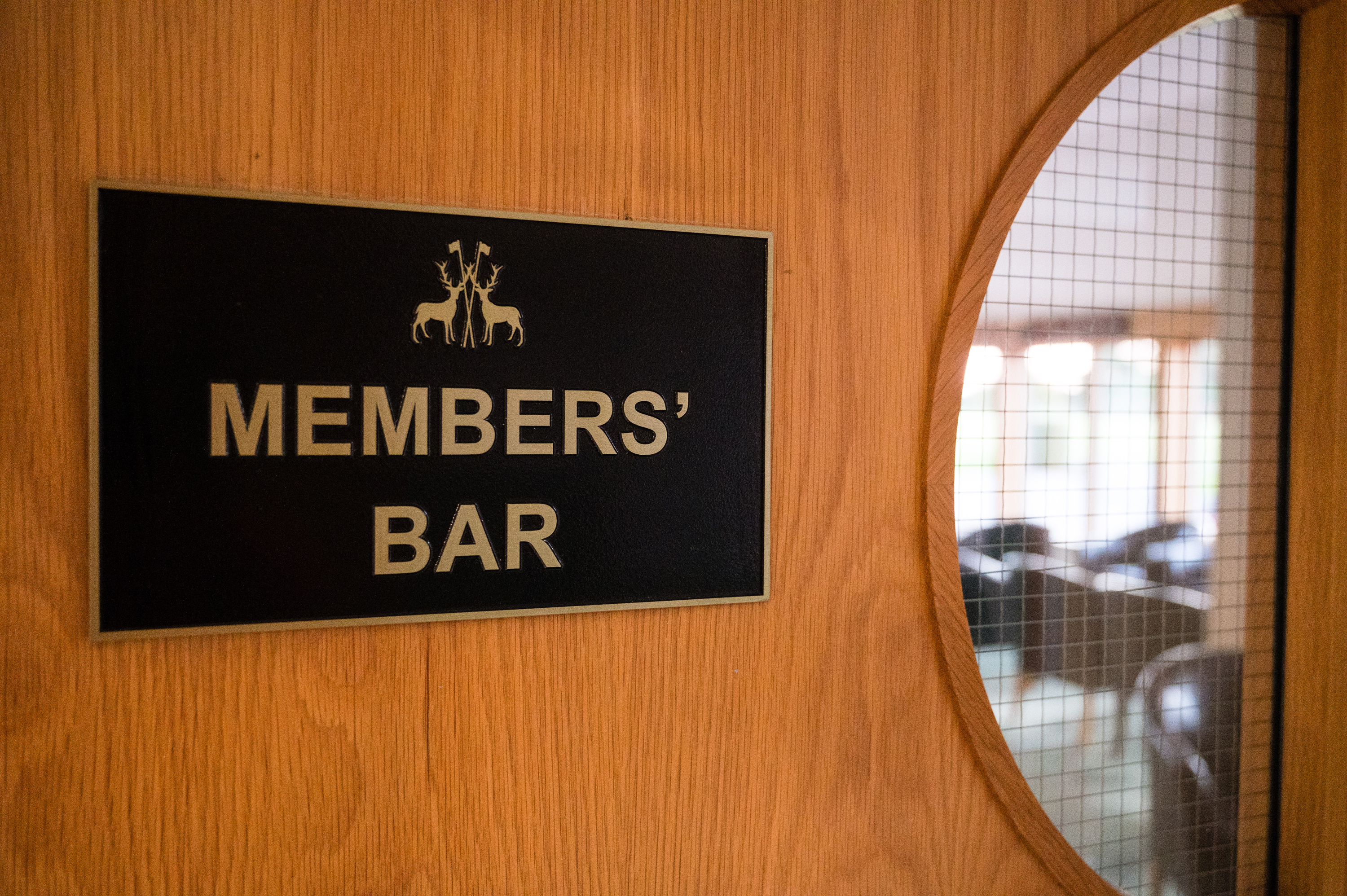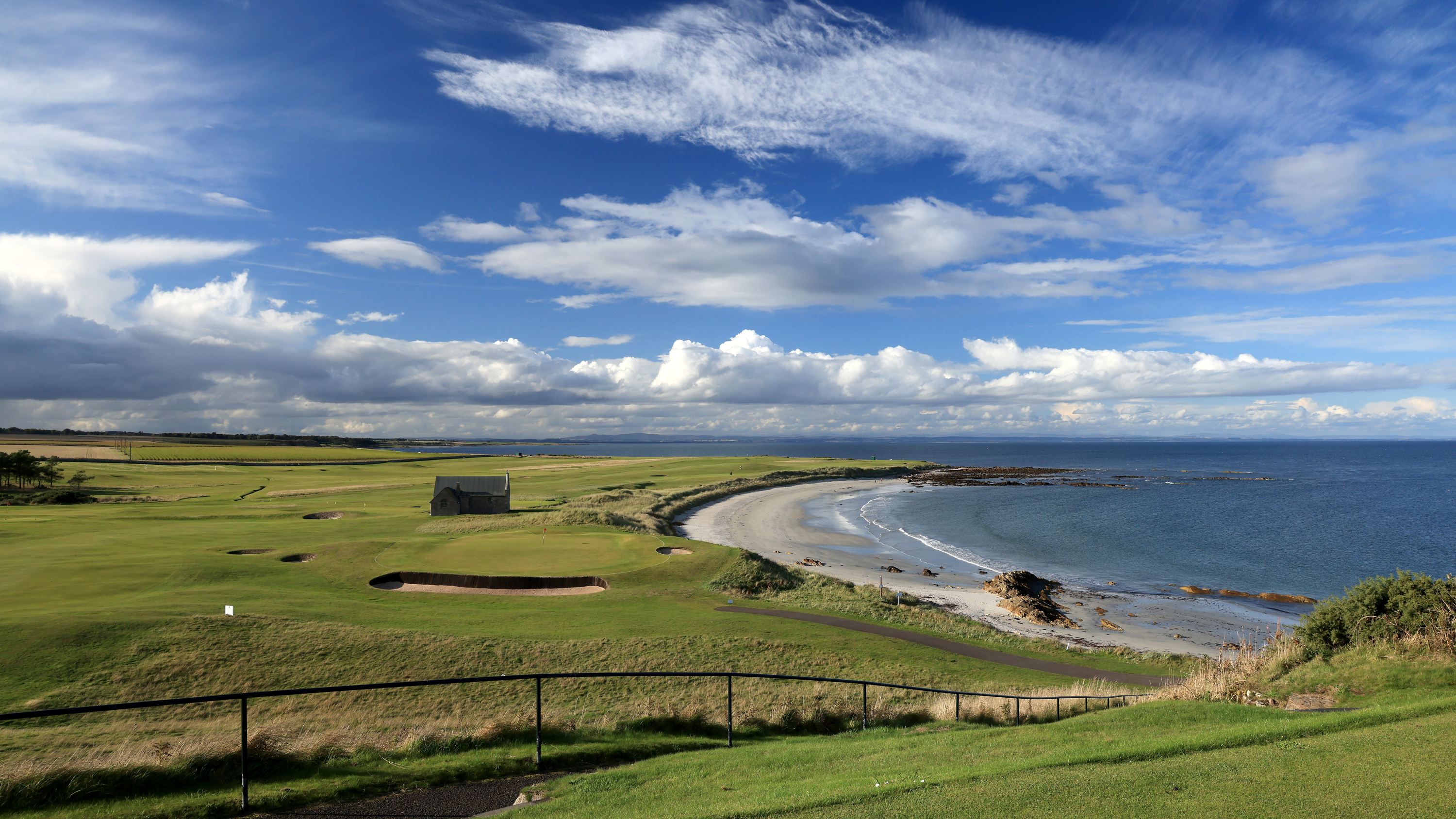Why Do Golf Club Subs Vary So Much Across The UK?
Golf Club membership subscriptions can vary dramatically by region and even locally. Fergus Bisset and Jeremy Ellwood consider why this is the case.


Have you ever been away somewhere or browsed a golf club website, looked at the membership fees and thought, “What the…? I’m paying double that for my subs and this might even be a better course or club. I wouldn’t mind living in this part of the world – I could even join two clubs!”
All sorts of thoughts go through your head about such disparities, principle among them, can wages and house prices really be that much different? Of course, there is some truth in this as we’ll investigate in a moment, but it doesn’t go the whole way in explaining why decent clubs, say, in Scotland might only be £600 a year while comparable clubs in the south-east of England would be twice that. So, what is going on? We take a closer look…
Supply and Demand

Why do golf club memberships vary so much in price when, on the face of it, many clubs appear to be providing a similar product or service? Underpinning everything is the basic economic principle of supply and demand.
A simple Google search for ‘supply and demand’ yields scores of results, among them this fairly succinct explanation: “In essence, the law of supply and demand describes a phenomenon familiar to all of us from our daily lives. It describes how, all else being equal, the price of a good tends to increase when the supply of that good decreases (making it rarer) or when the demand for that good increases (making the good more sought after). Conversely, it describes how goods will decline in price when they become more widely available (less rare) or less popular among consumers.”
If enough people are prepared to pay a certain amount for something (e.g., a golf club membership) for whatever reason, that will be its price; if not, there will be downward pressure on price as supply outstrips demand and a higher price cannot be sustained.
Much has changed in golf’s supply and demand equation over the past 40 years. Golf was, for a long time, primarily a pastime for the rich and privileged, with demand eclipsing supply and leading to high subscriptions, joining fees and waiting lists. The dynamic then began to shift in the 1980s as more courses were built, accelerating further in the 1990s as scores more arrived, many in response to The R&A’s Demand for Golf Report in 1989.
Oversupply then ensued, putting pressure on both green fees and membership fees, pressure that has only really been relieved in many cases by the hugely welcome renewed demand for golf and club memberships brought about by the pandemic.
Get the Golf Monthly Newsletter
Subscribe to the Golf Monthly newsletter to stay up to date with all the latest tour news, equipment news, reviews, head-to-heads and buyer’s guides from our team of experienced experts.
None of that directly explains why golf club memberships are more expensive at some clubs than others because many variables shape supply and demand, such as the number of chimney pots, the perceived prestige or quality of one club over another, regional wage differences and more. Here, we attempt to unpack a few more of these variables to help explain how membership at one golf club can be so much more or less than at another.
Wealth and Wage Differences

Following on from supply and demand, regional variations in wealth and wages have an inevitable impact on the level of golf club subscription rates.
Recent figures from the Office for National Statistics (ONS) show large variances in individual wealth by geographic region of the UK. Average individual adult wealth in West London is £621,500 compared to £177,000 in East Yorkshire and Northern Lincolnshire. And some differences are notable despite proximity. North Yorkshire has an average individual wealth of just shy of £400,000, while South Yorkshire is almost half that.
But the most affluent part of the country is the south-east of England. ONS figures show that three million adults in the south-east live in families with a nett wealth per adult of over £250,000 – A significant factor in that is property ownership and price.
“The basic economic principal of ‘wealth effect’ shows that people with greater wealth, or who perceive they have greater wealth through equity, are prepared to (and do) spend more,” says Ian Fleetham an economics graduate with 20 years’ experience in the finance sector. “The demand for ‘inferior goods’ decreases. There follows – in areas of higher wealth, golf club subscription rates will too be higher. And that will be the case when making comparisons from premium clubs down to lower tier facilities. Generally speaking, greater average wealth in an area pushes prices higher.”
Considering wages, ONS figures show the median average weekly wage in the UK’s top-10 best-paid local authorities, (all in and around London,) was above £780, while the bottom-10 (spread out over the English regions) all had a median wage below £500 per week. Golf clubs in areas where average wages are higher will have to pay their staff more to attract and keep them, driving annual subs higher.
And regional wealth and wage differences combine to cause big gaps in disposable income. ONS figures show annual gross disposable income per head of population varies between some £63,000 in West London to just £13,000 in Nottingham. Higher average disposable income means a greater percentage of the population with greater spending power. In those areas, golf clubs will have the luxury of charging higher subs and still filling the spaces.
Differing Member Expectations

The perceived quality of any product will always influence its price and a club with a more prestigious reputation can generally command a higher annual fee.
If a club has historically been run with an emphasis on a high level of quality and service, with a large team on and off course and regular upgrades to course and facilities then membership expectation will be for the committee or management team to keep standards up and continue that trend. To do this, costs will be high and membership subs reflective of that.
At clubs that have always functioned on tighter budgets, member expectations will be different. In many regional areas, the principal expectation of members will be for the subs to be kept as low as possible. In Scotland for example, many clubs with quality courses function with annual subscriptions below £500. The focus is on retaining a strong level of affordability above all else. Clubs with that outlook will find ways to economise and offer a playable course and serviceable clubhouse for a low price.
Clubs tend to be competitive with their peers in the surrounding area. If a club installs a state-of-the-art swing studio and renovates their dining room for instance, members of neighbouring clubs might demand similar. But unless a club is fortunate to have cash in the bank, the only way that can happen is if the members are prepared to pay. That might come through a levy. But once new facilities have been installed, they must be maintained, inevitably pushing annual subs higher.
But, as mentioned above, the competitive rivalry between local clubs in some areas focuses on the price of subs, rather than on which has the plushest carpet in the lounge. In that environment, annual subs will tend to be lower.
As the cost of living increases, the gulf between subscription rates at clubs with a focus on maintaining or raising standards and those with a focus on affordability will grow. As wages go up and the price of goods and services increases, costs at clubs that continue to spend freely will rise more steeply. Those costs will have to be met by members.
Golf and the Wider Community

Kington Golf Club
In rural areas and around smaller towns across the country, golf clubs are often hubs of the community, delivering a sporting and social service to a diverse socio-economic populace. Where that is the case, clubs will generally make efforts to keep annual subscriptions down and affordable for all. Many clubs will even offer discounts for those on a modest income, Kington Golf Club in Herefordshire provides an example.
In many cases, in those sparsely populated areas, clubs must be affordable to survive as there simply aren’t enough people prepared to pay any more. Remember supply and demand?
In areas that are more densely populated, clubs and facilities have more options in terms of structure. Do they want to attract the richest people in the vicinity and from further afield? Do they want to provide a community service? Or do they want to strike a balance between the two?

If the first objective, then the club will set its subscriptions high to appeal to the wealthier members of society.
“It’s the principle of the ‘Veblen Good,’ in which demand for a good increases as the price increases,” says Ian Fleetham. “It becomes, and then is a status symbol.
At such clubs, the subscription rate will be set at a level that effectively precludes membership for a large percentage of the locality.
Those clubs looking to provide a service for all in areas of high population density will seek to establish methods for offering affordability – flexible memberships, family memberships, age-related discounts, starter deals and so forth. These facilities and clubs will offer the most affordable memberships, attracting those on lower incomes, those starting out in the game or those who play infrequently.
If those are the two ends of the subscription rate spectrum, there’s a wide range between for clubs in densely populated areas to focus on a target market.
Clubs with a strong reputation and ambitions to make improvements might have relatively high annual subscriptions to attract aspirational and wealthy members prepared to invest in the club’s future.
Other clubs might prefer the status quo, offering reasonable quality for a reasonable price. In a strong market, as we have just now in golf, there’s space for different products at different price points to appeal to different people in populated areas. It’s a key reason why there’s discrepancy in membership subscription rates.
Levels of Visitor Income

Brora Golf Club
One factor that can sometimes help to keep membership fees down is if a club is in a position to be able to command a higher visitor green than might normally be the case for that region because of its desirability.
If a course is on the tourist radar – particularly tourists of the overseas variety – and possesses qualities that mean more golfers wish to visit it than other courses nearby, that can sometimes (though not always) lead to ‘artificially’ low memberships as all those visitors paying a premium to play the course effectively subsidise what the annual subscriptions would perhaps otherwise need to be.
From experience, this is particularly the case at a number of courses in Scotland that, while not perhaps being in the UK&I’s overall Top 100, are sufficiently well-known or desirable to attract a steady stream of visitors happy and willing to pay a one-off green fee that is a disproportionately high percentage of the local members’ full annual subscription.
A good example would be Brora, a James Braid links in the far north-east of Scotland that is very much on the overseas tourist trail on account of its setting and heritage. This gave it the ability to charge overseas visitors £125 a round last summer, while the full adult playing membership is just £420 a year, plus the Scottish Golf levy. Which means one fourball of American tourists pay more to enjoy one round on the course than a local member pays for a whole year’s golf!
Of course, many clubs effectively use visitor and society revenue to help moderate membership subscriptions to keep them attractive and competitive, but relatively few are able to do it to this degree. The downside of this was highlighted during the height of the pandemic when there were no overseas visitors paying £500 a tee-time, leaving the club’s finances in a potentially precarious position.
Just as a comparison, that peak green fee to full annual membership ratio at Brora is all but 30 per cent. Most typical members’ clubs would be far lower than that – for example, the two authors’ home clubs of Banchory (6.9 per cent - £45 to £650) and Royal Ashdown Forest’s West Course (4.5 per cent - £40 to £888).
Impact of ‘Trophy’ Courses

Crail's Balcomie links
On a related note, it’s also possible that membership fees at courses are sometimes suppressed because of the fortunate position certain neighbouring clubs find themselves in. Staying in the north-east of Scotland, while Wick Golf Club 40 miles further up the coast from Brora is a good links in its own right, it isn’t in quite the same league as Brora when it comes to international reputation, the latter creeping on to the ‘trophy’ course trail.
Okay, there is probably sufficient distance between the two for them not really to be competitors, but membership at lesser-known Wick is actually £12 a year more at £432 while its maximum green fee is only £50 (an 11.5 per cent ratio). It may, or may not, really want to charge more than that for membership, but even if it did want to, it would be hard to when anyone living between the two might naturally gravitate to the club with the wider reputation if the price gulf became too great.
Down in Fife, full membership of the Crail Golfing Society appears to represent quite astonishing value at £525 a year plus levies for 36 holes - the famous and historic Balcomie links plus Gil Hanse’s more recent Craighead clifftop creation. Again, this is probably in part due to the Balcomie links being sufficiently on the wider radar to command a £120 summer visitor green fee. But 30 miles back down the Fife coast, the 18-hole clubs at Burntisland and Aberdour charge more per year than Crail at £550 and £595 respectively – both enjoyable courses but not quite able to match the extent of Crail’s offering.
Again, both are probably far enough distant to not be direct competitors and who knows if they would charge more if they felt able to, but to southern eyes at least, Crail should cost an awful lot more and its incredible-value membership could be making it tricky for other nearby clubs to increase fees. It’s difficult to always find a direct like-for-like comparison, but Enville Golf Club in Staffordshire also boasts a Golf Monthly Next 100 course plus a good second layout, and full membership there is £1,571 a year – three times as much, and that’s still 140 miles north-west of premium-rate London! But as we’ve seen, various factors are at work that mean even golf clubs of comparable quality can come with very different price tags.

Fergus is Golf Monthly's resident expert on the history of the game and has written extensively on that subject. He has also worked with Golf Monthly to produce a podcast series. Called 18 Majors: The Golf History Show it offers new and in-depth perspectives on some of the most important moments in golf's long history. You can find all the details about it here.
He is a golf obsessive and 1-handicapper. Growing up in the North East of Scotland, golf runs through his veins and his passion for the sport was bolstered during his time at St Andrews university studying history. He went on to earn a post graduate diploma from the London School of Journalism. Fergus has worked for Golf Monthly since 2004 and has written two books on the game; "Great Golf Debates" together with Jezz Ellwood of Golf Monthly and the history section of "The Ultimate Golf Book" together with Neil Tappin , also of Golf Monthly.
Fergus once shanked a ball from just over Granny Clark's Wynd on the 18th of the Old Course that struck the St Andrews Golf Club and rebounded into the Valley of Sin, from where he saved par. Who says there's no golfing god?
-
 Justin Thomas Confirms Stand-In Caddie Will Not Replace Long-Term Looper After First Victory Since 2022
Justin Thomas Confirms Stand-In Caddie Will Not Replace Long-Term Looper After First Victory Since 2022Thomas won the RBC Heritage with Max Homa's former looper, Joe Greiner as his assistant but is looking forward to welcoming his regular caddie back soon
By Jonny Leighfield
-
 Rose Zhang Ruled Out Of Chevron Championship
Rose Zhang Ruled Out Of Chevron ChampionshipThe American hasn't featured in a competitive event since withdrawing from the T-Mobile Match Play, with it reported that Zhang will miss the Chevron Championship due to an ongoing neck injury
By Matt Cradock